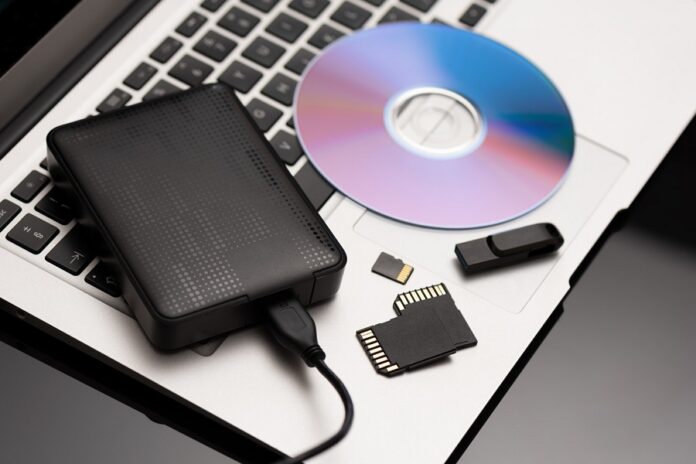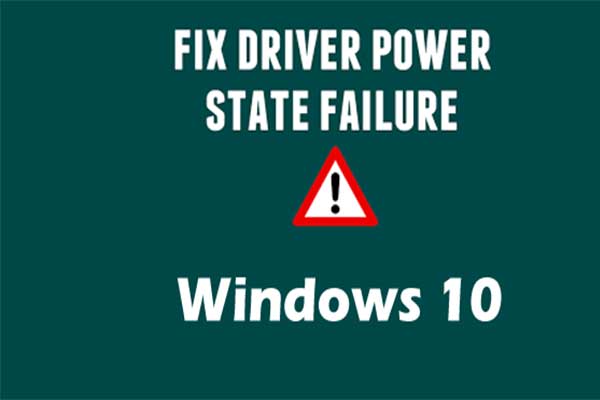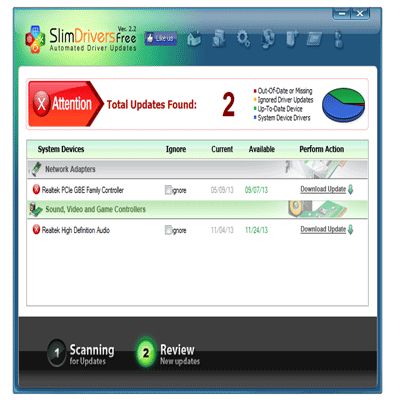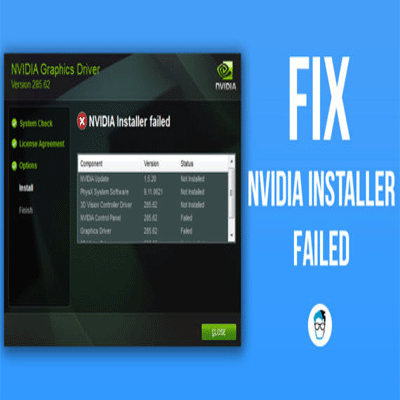Our computers often serve as a hub for all our files, data, and applications. However, with the increasing size of multimedia files and software installations, storage space on a PC can quickly run out. Running low on storage can lead to decreased system performance and can hinder productivity. In this article, we will explore various methods to optimize and expand storage on your PC, ensuring you have ample space for all your needs.
Understanding Storage on PC:
Before delving into methods to get more storage, let’s understand the different types of storage on a PC. Typically, PCs have two main types of storage – primary storage and secondary storage. Primary storage, also known as RAM (Random Access Memory), is volatile and used for temporary data storage while the system is running. Secondary storage, on the other hand, refers to the long-term data storage capacity of the PC, including the hard drive and solid-state drive (SSD).
Managing Local Disk Space:
1. Delete Unnecessary Files and Programs:
The first step to free up space on your PC is to remove unnecessary files and applications. Go through your documents, downloads, and desktop folders and delete files you no longer need. Additionally, uninstall unused programs through the Control Panel (Windows) or Applications (Mac).
Follow these steps to remove unwanted applications:
- Press
Windows key + Ito open Settings. - Go to
Apps > Apps & features. - Scroll through the list and select the program you want to uninstall.
- Click
Uninstall, and follow the on-screen instructions.
2. Utilize Disk Cleanup Tool:
If your PC is cluttered with temporary files, system cache, and unnecessary data, it’s time for some spring cleaning. Windows offers a built-in tool called Disk Cleanup that can efficiently free up disk space. Here’s how to use it:
- Press the
Windows key + Rto open the Run dialog box. - Type
cleanmgrand hitEnter. - Select the drive you want to clean (usually
C:) and clickOK. - Disk Cleanup will scan your drive and present a list of files to delete. Review the items carefully and click
OKto proceed.
3. Use Storage Sense (Windows) or Optimize Storage (Mac):
Windows users can enable Storage Sense to automate the process of freeing up disk space by removing temporary files and items in the Recycle Bin that have been there for a certain period. Mac users can use the Optimize Storage feature to remove files from the local drive and store them in iCloud automatically.
Expanding Physical Storage:
1. Install a Larger Hard Drive or SSD:
If you have exhausted all options to manage local disk space, consider upgrading your physical storage by installing a larger hard drive or SSD. This hardware upgrade will provide you with a significant boost in storage capacity and improved performance.
2. Use External Storage Devices:
External storage devices like USB flash drives and external hard drives can be a cost-effective solution for expanding storage. They allow you to store files externally, freeing up space on your PC’s internal drive.
Cloud Storage Solutions:
1. Introduction to Cloud Storage:
Cloud storage has gained immense popularity due to its convenience and accessibility. It allows users to store files on remote servers, accessed via the internet.
2. Popular Cloud Storage Services:
There are various cloud storage services available, such as Google Drive, Dropbox, Microsoft OneDrive, and iCloud. Each service offers different storage plans and features.
3. How to Use Cloud Storage Effectively:
To utilize cloud storage effectively, organize your files into folders and take advantage of synchronization features to access files across multiple devices seamlessly.
Organizing and Managing Data:
1. Folder Organization:
Properly organizing your files into relevant folders can make it easier to find and manage your data efficiently.
2. File Compression:
Compressing files can significantly reduce their size, freeing up storage space. However, keep in mind that some file formats are already compressed, so compression won’t have much effect on them.
3. Removing Duplicates:
Over time, duplicate files can accumulate and consume valuable storage space. Use duplicate file finders to identify and remove duplicates, regaining space on your PC.
4. Analyze Disk Usage with Storage Sense
Windows 10 and above come equipped with Storage Sense, a feature that automatically frees up space by removing temporary files and items from the Recycle Bin. To enable Storage Sense:
-
- Go to
Settings > System > Storage. - Toggle on
Storage Sense.
- Go to
Storage Optimization Tips:
1. Disk Defragmentation:
While not as crucial for SSDs, disk defragmentation can help optimize hard drive performance by rearranging fragmented data, leading to faster read and write speeds.
2. Disable Hibernation:
Disabling the hibernation feature on your PC can free up disk space equal to the amount of RAM installed, as hibernation creates a file to store the system’s state during hibernation.
3. Clear Browser Cache Regularly:
Browsers store temporary data like images and website data in a cache to load pages faster. Regularly clearing the browser cache can recover valuable disk space.
4. Limiting System Restore Points:
System Restore Points are crucial for recovering from system issues, but they can consume a significant amount of disk space. Consider limiting the number of restore points or use disk cleanup to remove old restore points. you can limit the storage they use:
-
- Press
Windows key + Sand search forCreate a restore point. - In the System Properties window, click on
Configure. - Adjust the disk space usage or disable System Restore if you have other backup solutions.
- Press
Frequently Asked Questions (FAQs):
Is it better to use an HDD or an SSD for additional storage?
It depends on your needs and budget. SSDs are faster and more reliable but generally more expensive than HDDs. If speed is a priority, opt for an SSD; otherwise, an HDD can be a cost-effective choice.
How secure is cloud storage for sensitive data?
Cloud storage providers implement security measures like encryption and multi-factor authentication to protect data. However, for highly sensitive data, consider additional encryption and offline backups.
Can I use multiple cloud storage services simultaneously?
Yes, you can use multiple cloud storage services to diversify your storage options and avoid putting all your data in one place.
Do external storage devices require additional power sources?
Some external hard drives may require external power sources, while USB flash drives usually draw power from the USB port.
How often should I perform disk cleanup and optimization?
Perform disk cleanup and optimization regularly, preferably every few weeks, to maintain your PC’s performance and keep your storage space in check.
How much storage space should I aim to have free on my PC?
As a general rule of thumb, it’s recommended to keep at least 10-15% of your total disk space free for optimal performance. For example, if you have a 500GB drive, try to keep at least 50-75GB of free space.
Can I add more storage to my PC without replacing the internal drive?
Yes, you can easily expand your PC’s storage by adding external hard drives, USB flash drives, or SD cards. These devices can be connected to your PC via USB ports and provide additional storage space.
Is it safe to use third-party disk cleanup software?
While many third-party disk cleanup tools are reliable and safe to use, it’s essential to choose reputable software from trusted sources. Before using any tool, read reviews and check for any potential risks.
Will deleting temporary files harm my computer?
No, deleting temporary files will not harm your computer. These files are created to help the system run smoothly, but they can be safely removed without causing any issues.
What should I do if my PC still has low storage space after following these steps?
If you’re still struggling with low storage space, it may be time to consider upgrading your internal hard drive to a larger capacity. Alternatively, you can explore cloud storage options or invest in a network-attached storage (NAS) device for additional space.
Can I move my installed programs back to the original drive after moving them to another drive?
Yes, you can move your installed programs back to the original drive if needed. Simply go to “Apps & features,” select the program, and click on “Move” to choose the original drive.











